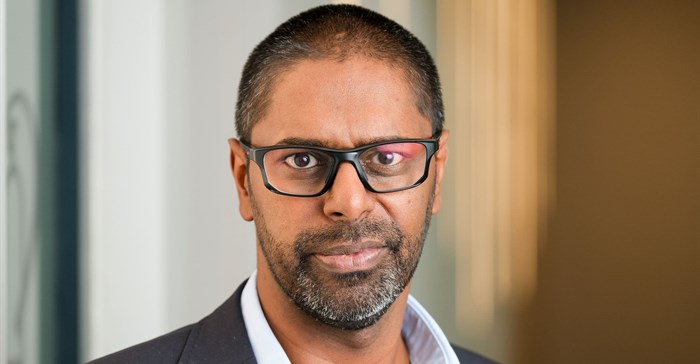#Sona2024 response: SA must unleash telco potential for economic growth

The primary insight is the need for a holistic view of technologies. They should not be seen as competing, but as complementary tools that can collectively serve the people and stimulate economic growth.
With the rollout of 5G and the imminent arrival of low orbit, low latency satellite broadband, there is an increased opportunity for the creation of innovative products and solutions.
These can leverage the strengths and cost benefits of fit-for-purpose technologies. This perspective is not unique to any single entity but is a shared vision for the future of telecommunications.
Spectrum
We have noted the accelerated provision of additional spectrum for telecommunications has been a priority, and we are glad to see that this has continued with the plans to auction off more high-frequency spectrum.
The spectrum availability will allow more flexibility for mobile operators and licensed Wireless Internet Service Providers (WISPs) to fast-track internet coverage to underserved regions of the country.
We should view this in tandem with the pending move to shut down 2G and 3G services. We predict this will significantly impact many South Africans who use feature phones as their primary (or only) connectivity device.
We support the decision to delay this action while we gather more data and roll out additional infrastructure to ensure that we don’t leave anyone behind
Current estimates indicate that about 60% of South Africans still use 3G devices, and about 4% are on 2G devices (based on 2022 data from research company Omdia). This means that potentially just under 36 million people could be affected by the change.
We recommend an approach that ensures that the loss of legacy services is substituted with accessible alternatives. For example, while 2G devices are not likely to be WiFi enabled, at least some 3G devices will be able to make use of WiFi delivered over fibre, fixed mobile, or satellite.
This consideration is crucial. The revised dates for switching off 2G and 3G, between June 2025 and December 2027, will allow for more robust discussion while also protecting the secondary industries related to these legacy devices, such as device resellers and repairs and second-hand markets, so that we preserve indirect micro-economies and jobs.
Load shedding
The sustained and increased load shedding has had a devastating effect on the telecommunications industry, necessitating the rapid deployment of power solutions to maintain consistent services.
This includes a combination of generators, inverters, and batteries, significantly increasing operating costs for infrastructure operators. It’s inevitable that these costs will be passed on to resellers and service providers, and ultimately to consumers.
Market analysts predict a surge in mobile data prices, driven by the rollout and maintenance of power backup solutions, along with the increasing trend of theft and vandalism.
This reinforces the importance of offering complementary technologies to consumers, allowing them to tailor their use according to their needs and budget
For example, fibre to the home remains the cheapest solution for high-speed, high-volume broadband consumption. However, consumers should also have access to broadband while not at a fixed location, where they need it. We must allow technologies to complement each other, at accessible price points, for this to happen.
The provision of reliable, affordable power solutions to service providers is also key to allowing the consumer to have affordable access to multiple broadband options.
Unemployment
Although there was a slight decrease in unemployment reported by the President from 45.3% to 43.4%, these numbers remain concerning. There is no doubt that we need to address this.
As Maziv, one of our imperatives is the rollout out of connectivity infrastructure to enable business and to stimulate under-performing local economies to promote job creation. Large-scale digitalisation is likely to help many small businesses in becoming more professional and involved in the broader national and global economy.
We predict that accelerated growth in the telecommunications sector, strategic partnerships and rapid deployment could potentially create and protect thousands of jobs. Governments’ support and participation in the telecommunications industry are critical.





















































